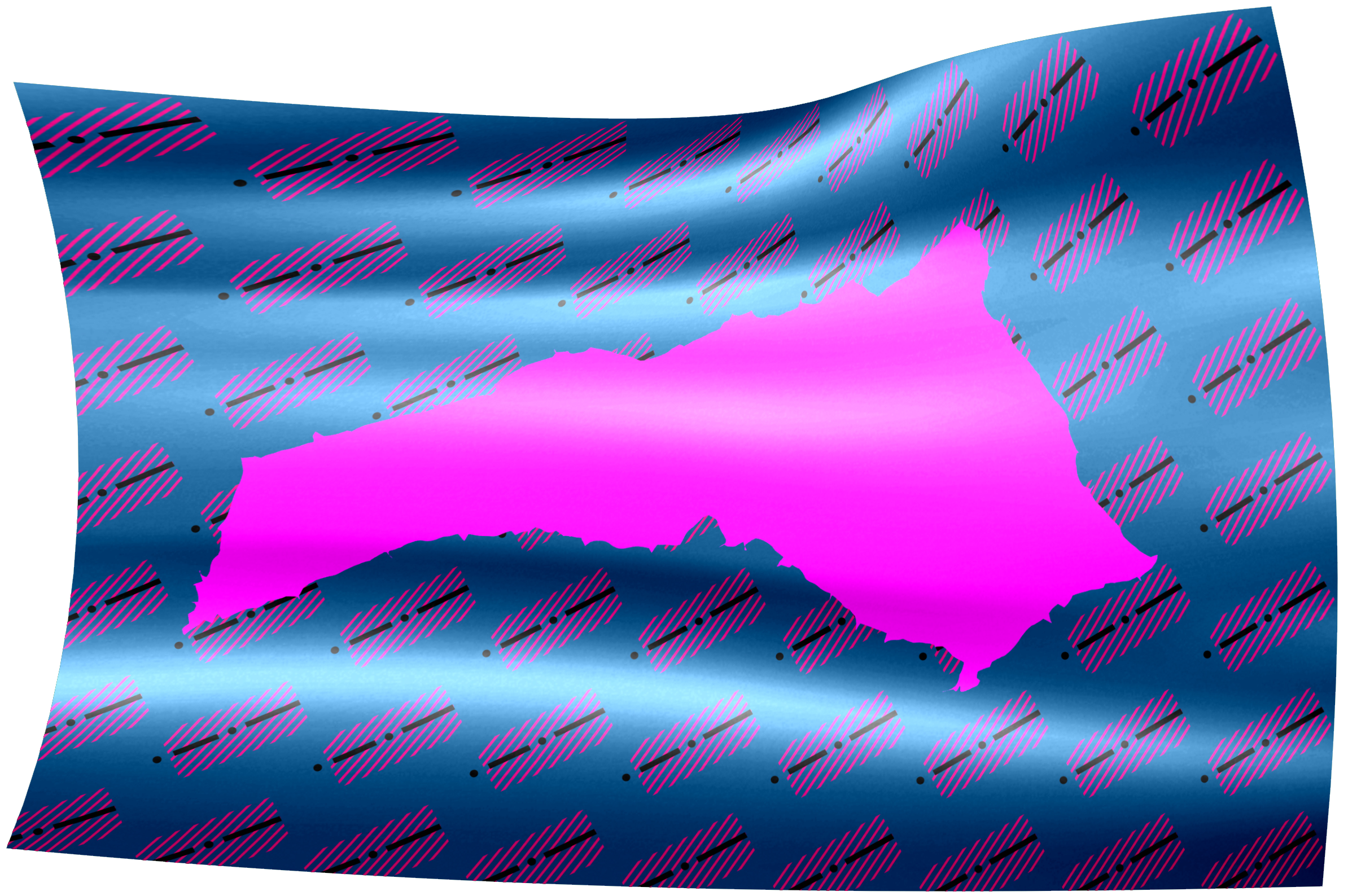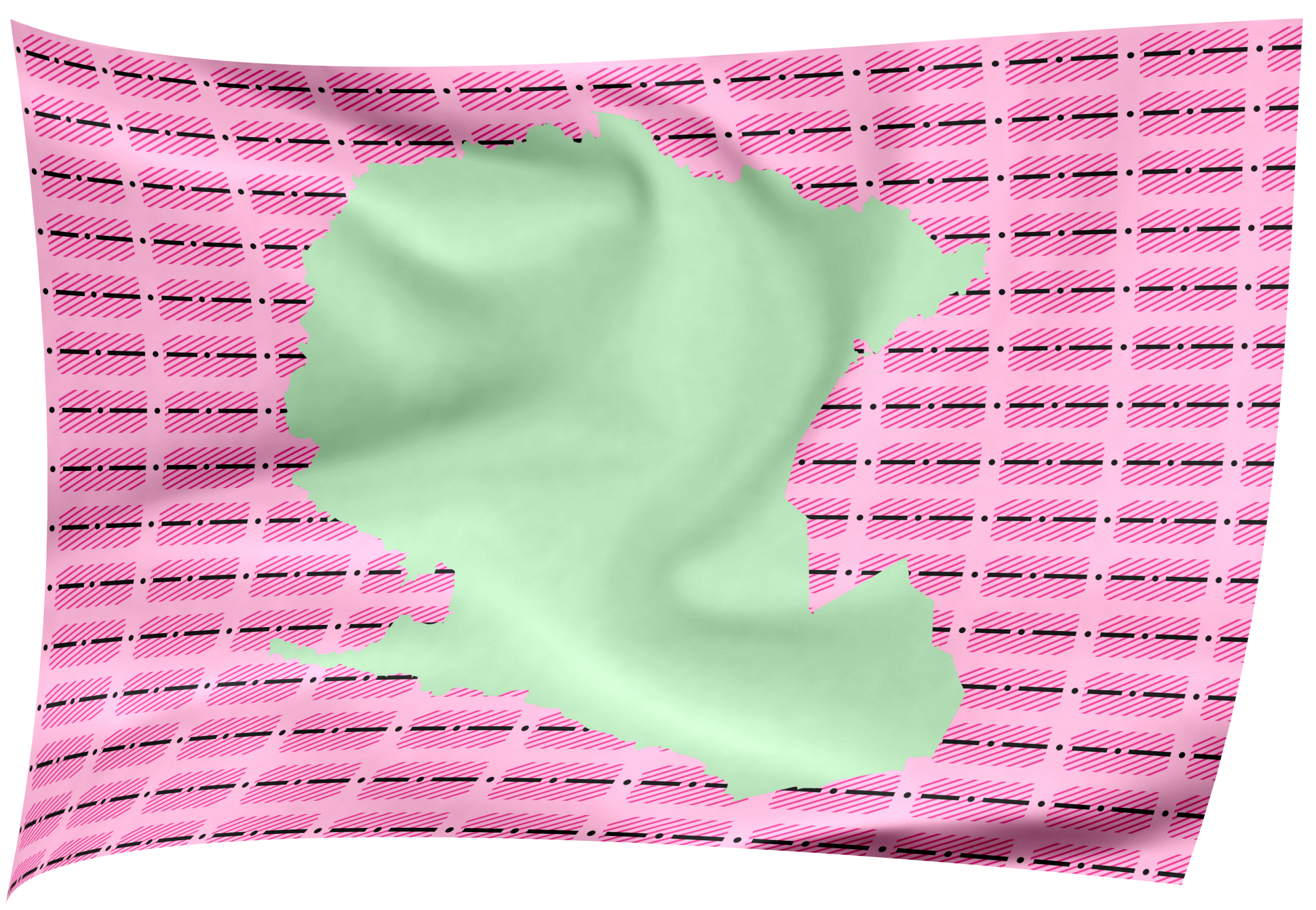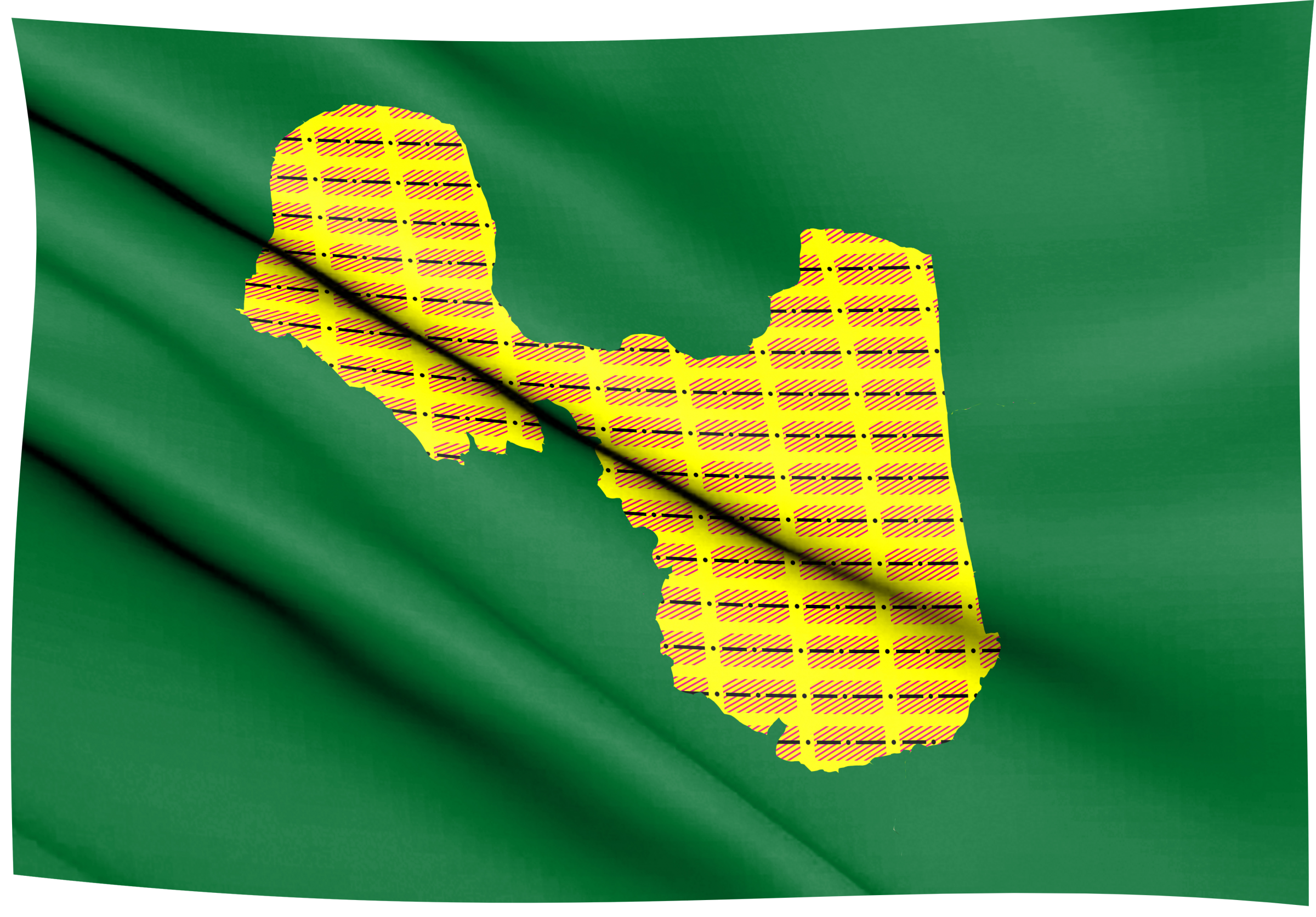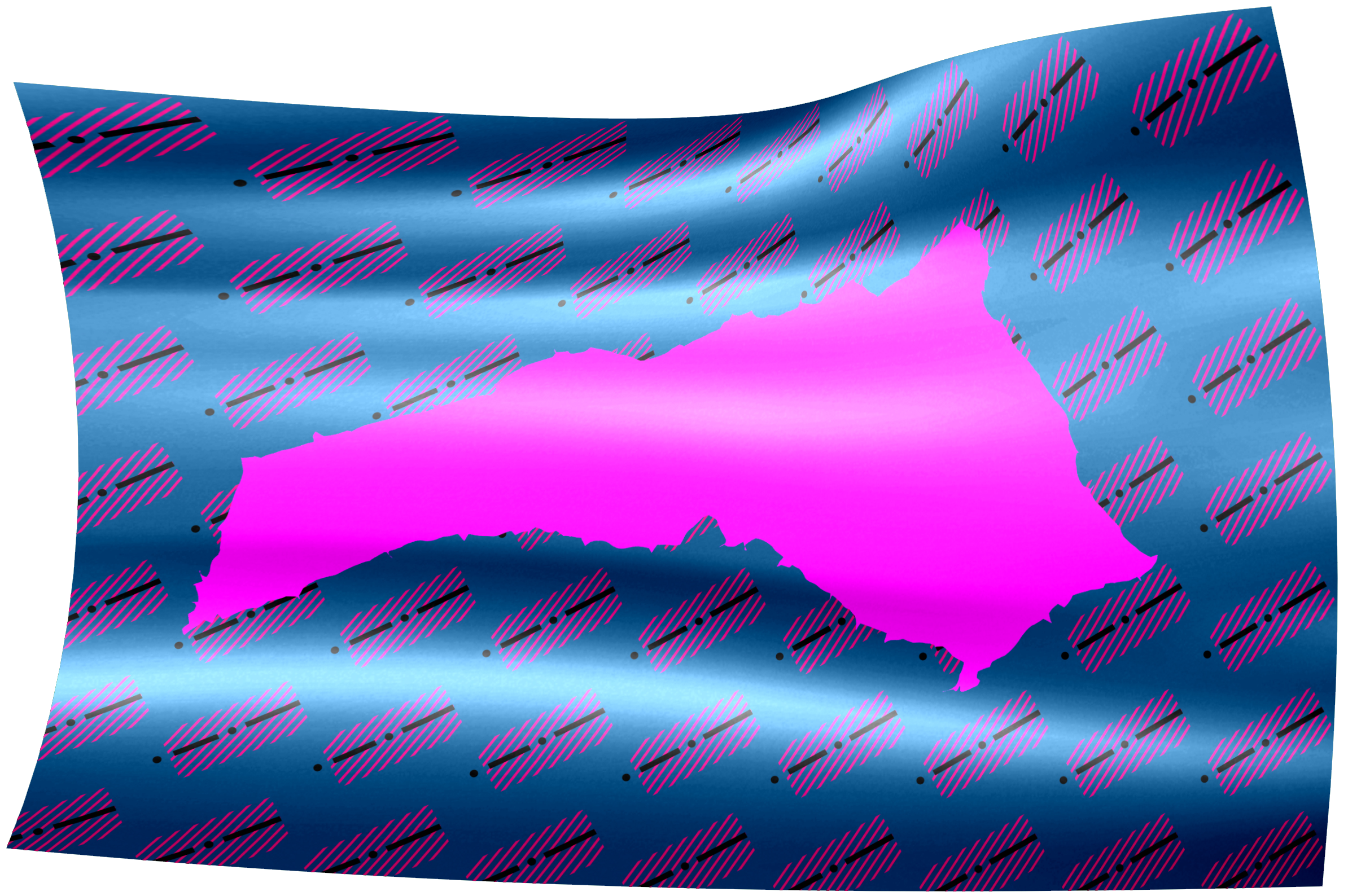AN UTOPIA
TOMORROW EVERYTHING WILL BE BETTER, WORSE OR JUST AS GOOD EVERYTHING CAN BE DESIGNED
An utopia is the third article in the essay triptych, the system, the medium, an utopia that De Vormforensen developed in response to a call from Ontwerp Platform Arnhem (Design Platform Arnhem).
One thing that is actually nice about a lockdown is fantasizing about what things will be like when society opens up again. When covid came into our lives, people were sharing all kinds of insights about a better world on Instagram and other social media. We would restart in a world that was different beyond recognition. Now that today is actually quite similar to yesterday, it is a bit of a deception.
But the social media posts that painted vistas of new worlds during the covid crisis seem to be turning into physical protests. The squares are filling up with protesters. Perhaps now, more than ever, we realize that this is the time to make a stand for change. #blm.
Although the peak of physical resistance seems to be behind us here, Black Lives Matter makes us think. The interesting thing is that we are not just demonstrating against the big systems as we did with Occupy during the banking crisis, we are partly protesting against ourselves. Because if there is one thing the Black Lives Matter discourse shows, it is that it is about self-reflection. That we all need to be aware of the fact that we can do better. It is about looking in the mirror. About opposing something that is also present in ourselves. An unwelcome guest who also resides in our own brains.
In his book The politics of design, Ruben Pater makes it crystal clear that there is no such thing as neutral design or communication; design is always imbued with cultural and political preconceptions. He does so through examples of culturally embedded patterns that show up everywhere: from meaningless decoration by fashion brands to all kinds of world maps. Ruben Pater makes it painfully clear how a rather narrow Western perspective permeates our design in every aspect.
In particular, the image of the different world maps featured in The politics of design1 stuck with me. For my world view, too, has largely been ordered by the Mercator map2. The map that underlies almost all representations of our world that I see every day, from Google Maps to a coffee cup with a print of the globe. It made me realize how uniform my world view literally is.
Fascinated by those maps, I came across the article From Atlas to Hermes3 by Henk van Houtum, Professor of Political Geography and Geopolitics4, in which he makes a plea for the liberation of cartography. He explains how the development of tools and technology gradually became an end in itself rather than the means to an end. A uniformity and standardization of a representation that falsely makes a claim of being the most accurate. A more pluralistic way of representation would do more justice to the complexity of reality and provide room for the telling of other stories.
Henk van Houtum's plea could just as well have been about design. The examples given by Ruben Pater and Henk van Houtum make me realize that it is time for us, in our studio as well, to examine which world view we are presenting through our designs.
back to work
1 http://thepoliticsofdesign.com/about-the-book /
2 The Mercator map is a map constructed according to the Mercator projection. The Mercator projection is a map projection named after the Flemish cartographer Gerardus Mercator, who introduced this projection technique in 1569.
3 https://compasstocartopolitics.files.wordpress.com/2014/11/vhoutum_geografie2013-6.pdf
4 Henk van Houtum, Professor of Political Geography and Geopolitics and co-founder and coordinator of the Nijmegen Center for Border Research, Radboud University Nijmegen.
BORDERLESS STATE OF MIND
For the article an utopia we made the pictorial essay Borderless state of mind. This pictorial essay featured flags for new (utopian) states, which were created by cutting existing border areas from the atlas and then connecting them. The patterns reflected in the flags were used in the cut-up atlas to mark disputed borders.






